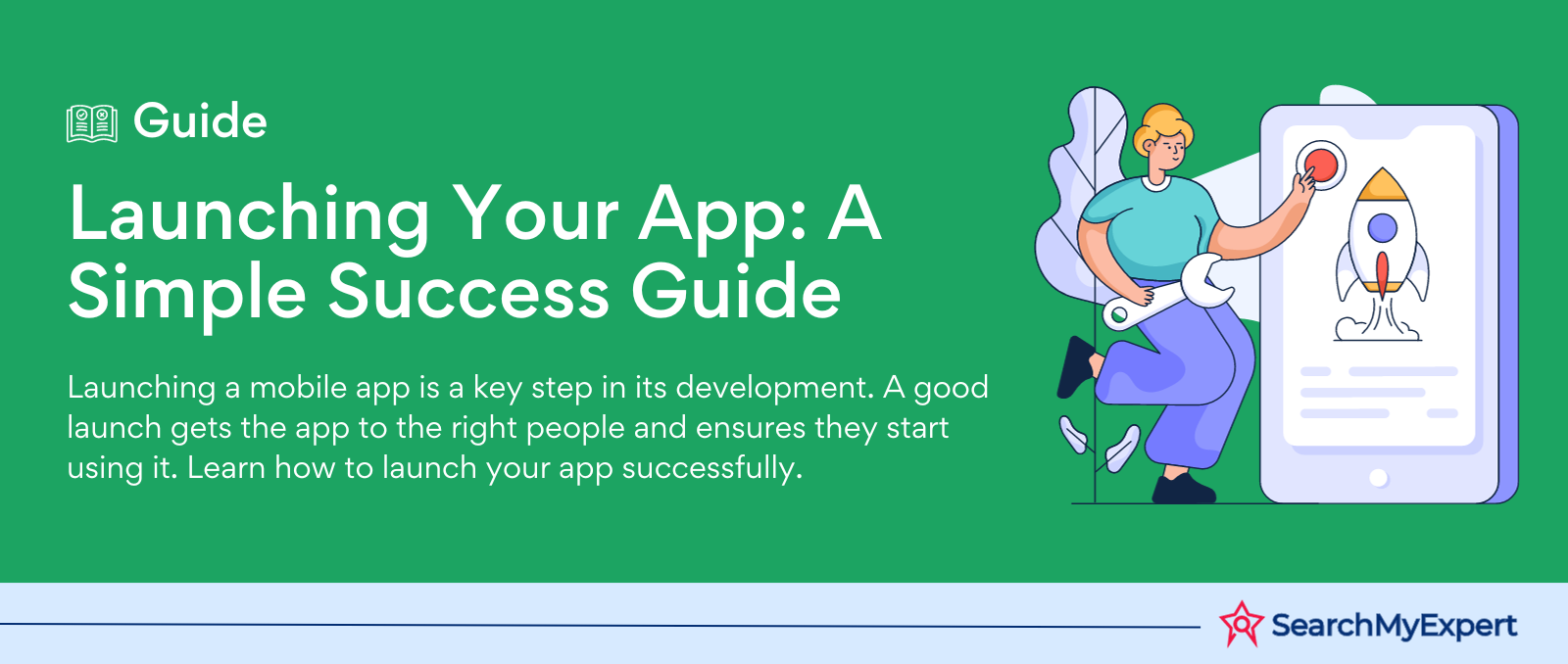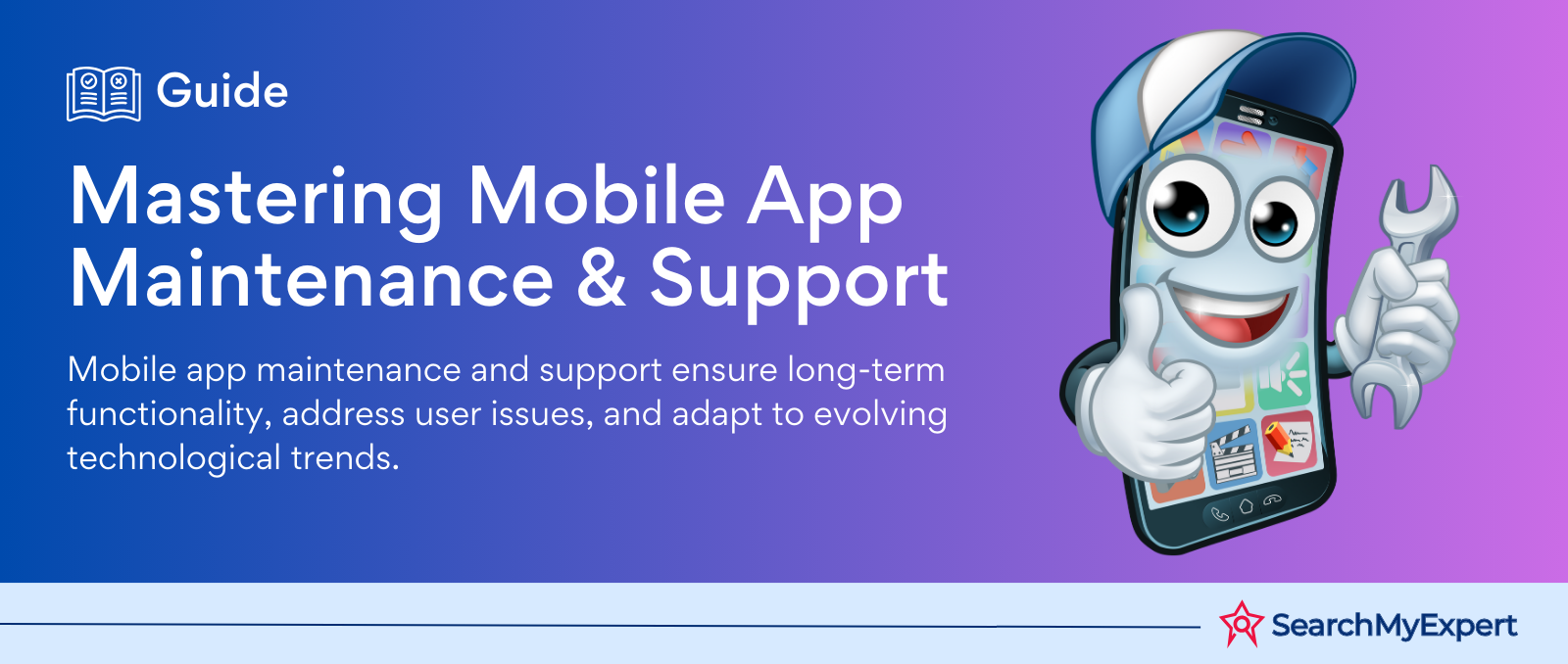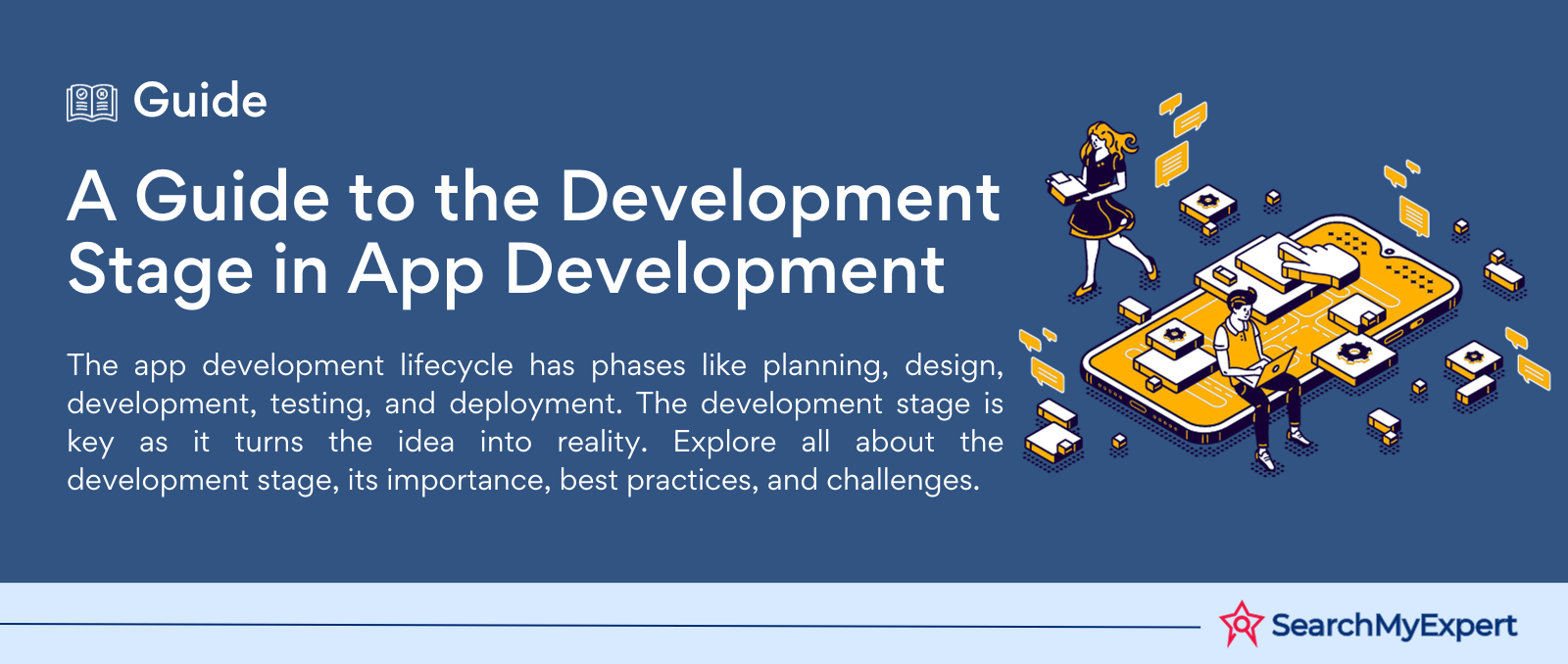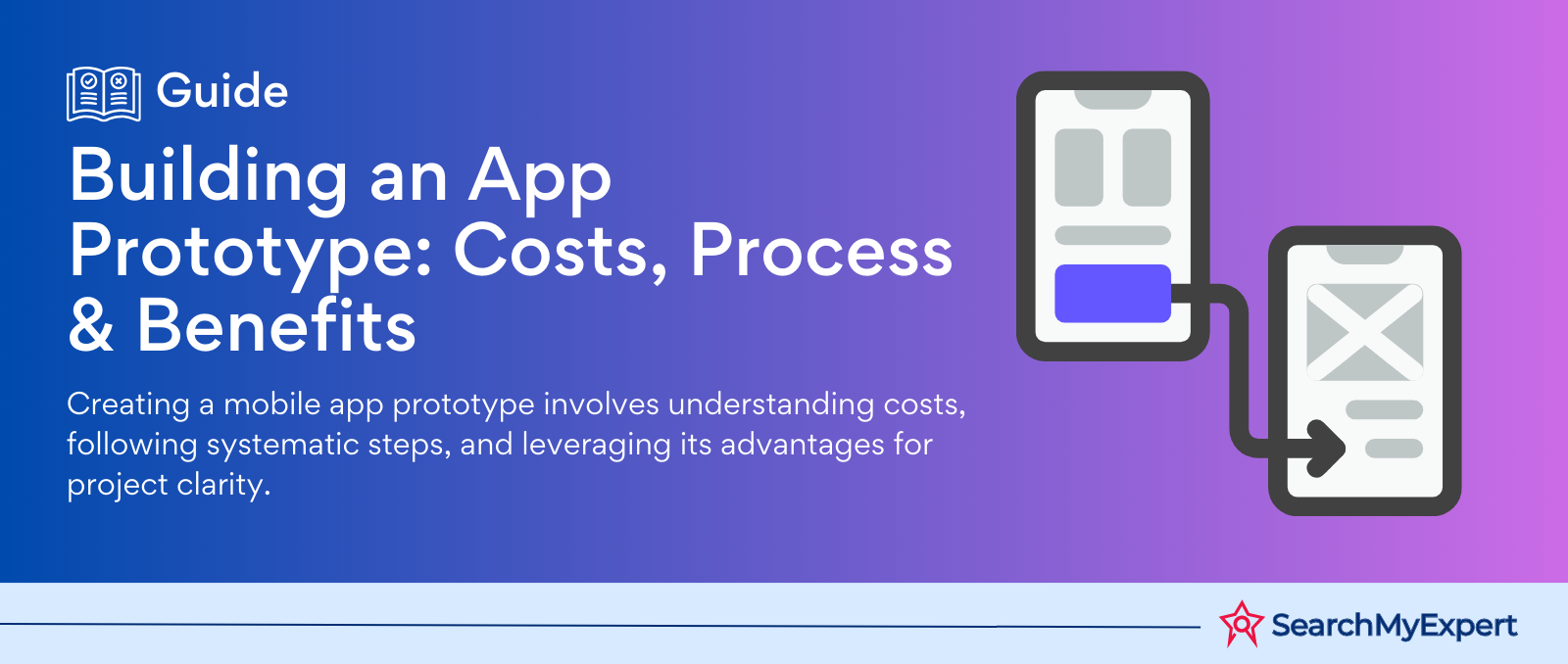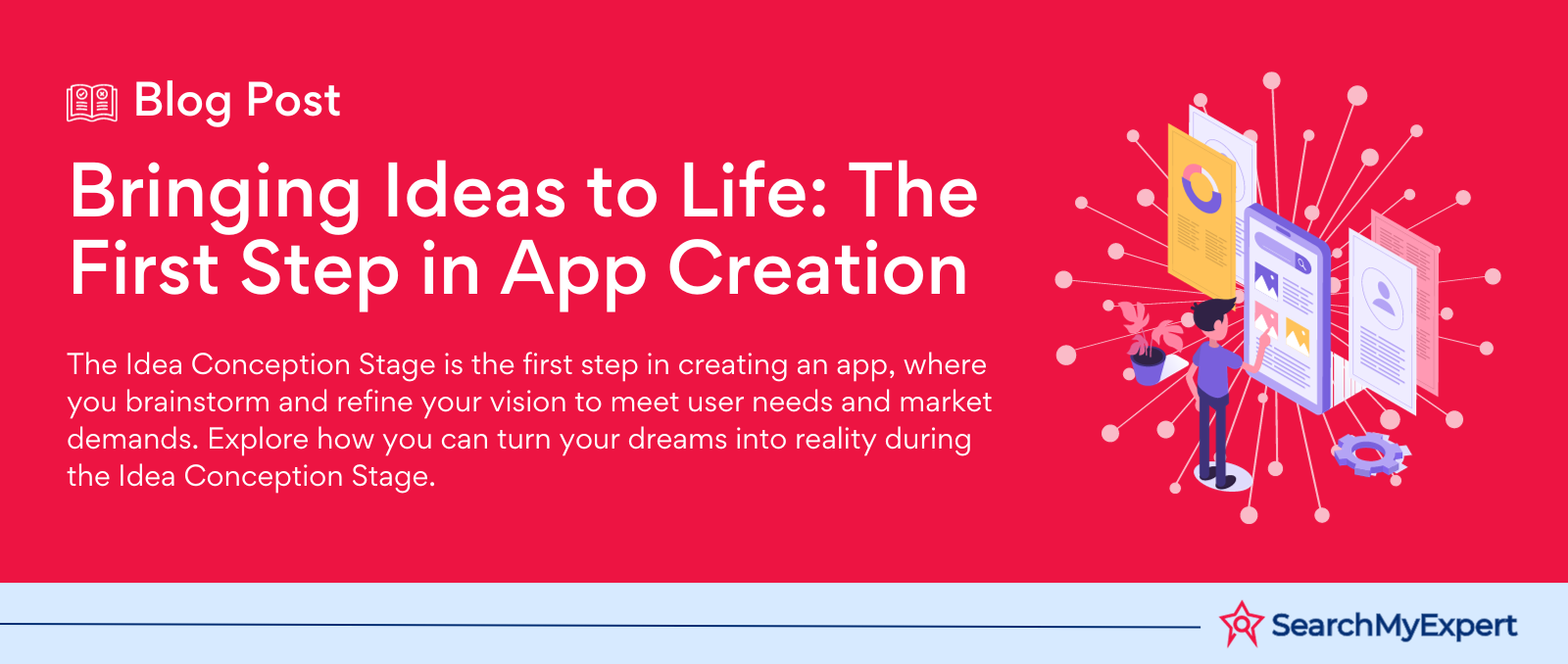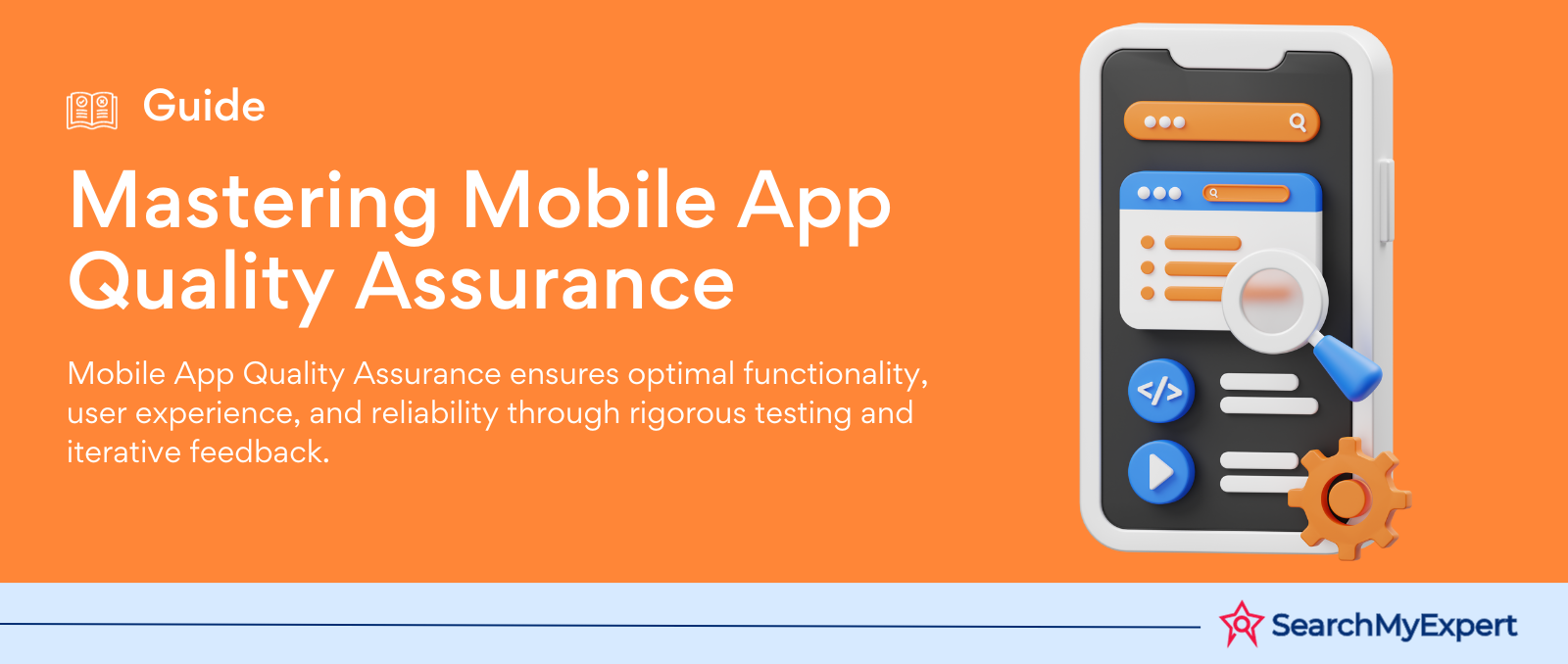Understanding User-Centric Design: Key Success Factors
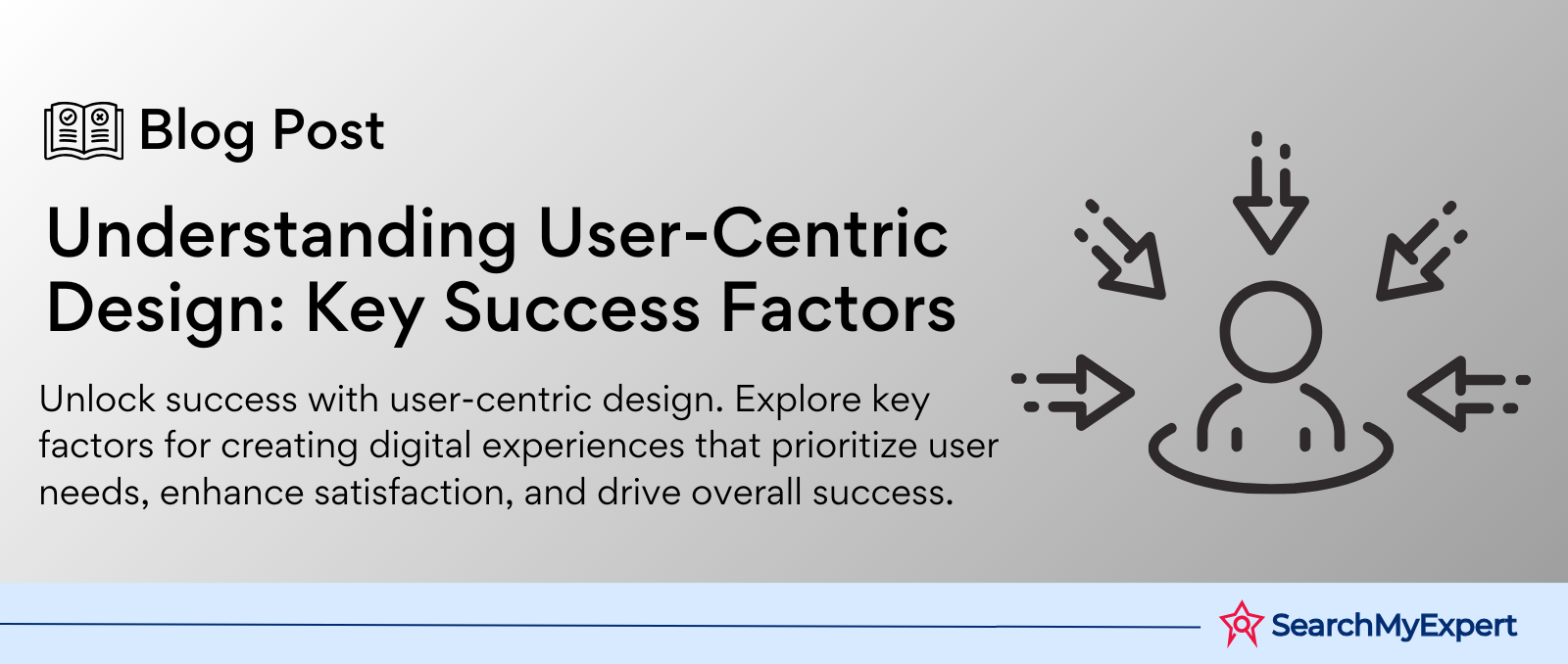
User-Centric Design Methodologies
Defining User-Centric Design (UCD)
User-centric design (UCD) is a creative approach pivoting around the needs, wants, and limitations of end-users. At its core, UCD is more than a mere design philosophy; it's a user-first mindset, ensuring that the products developed are tailored to meet user expectations and solve real-world problems.
Core Principles of UCD:
- User Involvement: Direct involvement of users at every design stage.
- Iterative Design: A repetitive cycle of prototyping, testing, and refining.
- Holistic Approach: Considering the user's entire experience, not just the interface.
- Empirical Measurement: Using user feedback and data to guide design decisions.
The Importance of UCD
UCD is not just a design approach; it's a strategic business advantage. By focusing on the users, businesses can create products that are not only functional but also delightful to use. This user-centricity leads to several key benefits:
- Improved User Experience: UCD leads to intuitive and enjoyable products, increasing user satisfaction.
- Increased Adoption and Loyalty: Products that meet user needs tend to see higher adoption rates and customer loyalty.
- Business Success: By aligning product design with user needs, businesses can see increased revenue and market share.
- Innovation: UCD fosters a culture of innovation, constantly seeking to improve based on user feedback.
In the realm of digital products, UCD becomes even more critical. With the digital landscape being highly competitive, products that resonate with users stand out. User-centric design is not just a methodology; it's a path to creating products that are both successful and sustainable.
Understanding Users
User Research Methods
Understanding users is a cornerstone of User-Centric Design. To delve into the users' world, various research methods are employed, each offering unique insights and data.
- Interviews: Direct conversations with users to gather qualitative insights. They can be structured or unstructured, providing a deep understanding of user motivations and challenges.
- Surveys: These are tools for collecting quantitative data from a large user base. Surveys are efficient in gathering specific information across a broad audience.
- Usability Testing: Here, users interact with the product or prototype. Observations and feedback from these sessions are crucial in identifying usability issues and areas for improvement.
- Ethnography: This involves observing users in their natural environment. Ethnographic research provides context to how users interact with a product in their daily lives.
Each method has its strengths and is often used in combination to provide a comprehensive understanding of the user.
Personas and User Journey Maps
Creating personas and user journey maps are essential steps in visualizing and empathizing with users.
- Personas: These are fictional characters created based on user research. Personas represent different user types and include details like demographics, motivations, and behavior patterns. They help in making design decisions that cater to the needs of specific user groups.
- User Journey Maps: These are visual representations of the user's experience with a product over time. They highlight the user's feelings, goals, and pain points at different stages of interaction. Journey maps are instrumental in identifying opportunities for enhancing the user experience.
Together, personas and user journey maps provide a narrative and visual framework that guides the design process, ensuring that user needs and behaviors are at the forefront of every decision.
Defining Requirements
User Needs and Goals
Identifying user needs and goals is the lynchpin in defining requirements for user-centric products. This process hinges on the insights gathered from user research.
- Understanding User Needs: These are the essential elements users require from a product. Needs can be functional (like ease of use) or emotional (like feeling secure).
- Identifying User Goals: Goals are the outcomes that users want to achieve with the product. They can range from completing a task efficiently to obtaining a sense of accomplishment.
Both user needs and goals must be understood in detail, as they guide the design and functionality of the product.
Feature Prioritization
Once needs and goals are identified, the next step is feature prioritization. This is a critical process to ensure that the most important aspects of the product are delivered first.
- The MoSCoW Method: A popular approach where features are categorized as Must have, Should have, Could have, or Won’t have. This method helps in focusing on essential features.
- Feasibility vs. Importance: Assessing each feature based on its importance to the user and the feasibility of implementation. This assessment helps in making informed decisions on what to develop first.
Feature prioritization is a balancing act between what is desired by the users and what is achievable within the project constraints. It ensures that resources are allocated effectively, and the product developed meets the highest priority needs of the users.
Designing Solutions
Ideation and Prototyping
Ideation and prototyping are critical stages in designing user-centric solutions. They transform user needs and goals into tangible designs.
Ideation Techniques:
- Brainstorming: An open, creative session where team members propose as many ideas as possible.
- Mind Mapping: Visualizing ideas in a network, showing how different concepts connect.
- SCAMPER: An acronym that stands for Substitute, Combine, Adapt, Modify, Put to another use, Eliminate, and Reverse, used to explore different ways of improving or creating products.
Low-Fidelity Prototyping:
- Purpose: These are basic versions of the product, often sketched or crafted with simple materials. Their purpose is to quickly translate ideas into physical forms.
- Benefits: Low-fidelity prototypes are inexpensive, easy to modify, and crucial for early testing of concepts. They enable designers to gather user feedback early in the process, reducing the risk of costly changes later.
Usability Heuristics
Nielsen's usability heuristics are a set of guidelines for creating intuitive and user-friendly interfaces. These ten principles are foundational in evaluating and guiding interface design:
- Visibility of System Status: Keep users informed about what is going on.
- Match Between System and the Real World: Speak the users’ language and use familiar concepts.
- User Control and Freedom: Users often make mistakes and need an 'emergency exit'.
- Consistency and Standards: Users should not have to guess whether different words or actions mean the same thing.
- Error Prevention: Design the system to prevent errors from occurring.
- Recognition Rather Than Recall: Minimize the user's memory load.
- Flexibility and Efficiency of Use: Accelerators that may speed up the interaction for expert users.
- Aesthetic and Minimalist Design: Avoid unnecessary information.
- Help Users Recognize, Diagnose, and Recover from Errors: Error messages should be expressive and offer a solution.
- Help and Documentation: Provide easy-to-search help and documentation.
Adhering to these heuristics ensures that the solutions designed are not only effective but also user-friendly and accessible.
Evaluating Designs
Usability Testing
Usability testing is a critical phase in the design process, focusing on evaluating the product by testing it with real users.
Process:
- Recruiting Participants: Select users that represent the target audience.
- Designing Tasks: Create scenarios that users would typically encounter.
- Conducting the Test: Observe users as they complete tasks, noting difficulties and areas for improvement.
- Analyzing Results: Compile and analyze the data to identify common usability issues.
- Iterating the Design: Use the findings to refine and improve the product.
Usability testing provides direct input on how real users interact with the product, making it an invaluable tool for user-centric design.
A/B Testing
A/B testing is a method used to compare two versions of a product to determine which performs better.
Process:
- Creating Variations: Design two versions of a particular element (like a webpage).
- Randomized Exposure: Randomly expose different segments of the audience to each version.
- Measuring Performance: Collect data on how each version performs in terms of user engagement and conversion rates.
- Analyzing Results: Determine which version achieves the desired objectives more effectively.
A/B testing is an excellent tool for making data-driven decisions, ensuring that design changes lead to tangible improvements in user experience.
Iterating and Refining
Agile Development and Iteration
User-Centric Design (UCD) thrives in an agile and iterative development environment. This approach aligns with the philosophy of continuous improvement based on user feedback.
- Agile Development: A flexible and collaborative approach focusing on rapid delivery of high-quality software. It involves cross-functional teams working in short cycles or sprints.
- Iteration in UCD: In this context, iteration means repeatedly refining the design based on user feedback. Each cycle involves designing, prototyping, testing, and analyzing, with the goal of enhancing user experience continuously.
- Benefits: This iterative process helps in quickly identifying and addressing issues, keeping the design aligned with user needs and market trends.
Importance of Continuous Learning
Continual learning is a fundamental aspect of UCD. It ensures that the product evolves in response to changing user preferences and technological advancements.
- Learning from Users: Direct feedback from users is invaluable. It provides insights into how users interact with the product and what changes might enhance their experience.
- Learning from Data: Analytics and user behavior data offer objective evidence of how well the design performs in real-world scenarios.
- Adapting Design: Based on these learnings, the design is adapted to better meet user needs, thereby improving usability and satisfaction.
Recap of the Benefits of User-Centric Design (UCD)
User-Centric Design (UCD) is not just a methodology; it's a transformative approach to design and development. Here's a quick recap of its key benefits:
- Enhanced User Satisfaction: By focusing on user needs and goals, UCD leads to products that are more intuitive and enjoyable to use.
- Increased Engagement and Retention: Products designed with the user in mind typically see higher levels of engagement and customer retention.
- Reduced Development Time and Costs: Iterative design and user testing help in identifying issues early, reducing the need for costly redesigns later.
- Competitive Advantage: A user-centric approach can set a product apart in a crowded marketplace, driving innovation and business success.
- Continuous Improvement: The iterative nature of UCD fosters ongoing learning and adaptation, keeping products relevant and user-friendly over time.
Call to Action
Whether you're a designer, developer, product manager, or business leader, understanding and implementing User-Centric Design can revolutionize the way you approach product development. It's an investment in your users and, ultimately, in the success of your products.
- Learn More: Dive deeper into UCD methodologies, tools, and case studies.
- Implement: Start integrating UCD principles in your projects. Begin with user research, embrace iterative design, and keep learning from your users.
- Innovate: Use UCD as a stepping stone to innovation. Challenge the status quo and create products that truly resonate with your users.
Embrace User-Centric Design to create products that aren't just functional, but also delightful and indispensable to your users.
Conclusion
User-Centric Design (UCD) is pivotal for creating intuitive and satisfying products. Its benefits include enhanced user satisfaction, increased engagement, cost-efficiency, competitive advantage, and ongoing improvement. Embracing UCD means committing to a process that puts users at the heart of design, leading to innovative and successful products. Whether you're a seasoned designer or new to the field, integrating UCD principles can significantly elevate the quality and impact of your work.
Let our Digital Design Company be your gateway to digital excellence.
share this page if you liked it 😊
Other Related Blogs
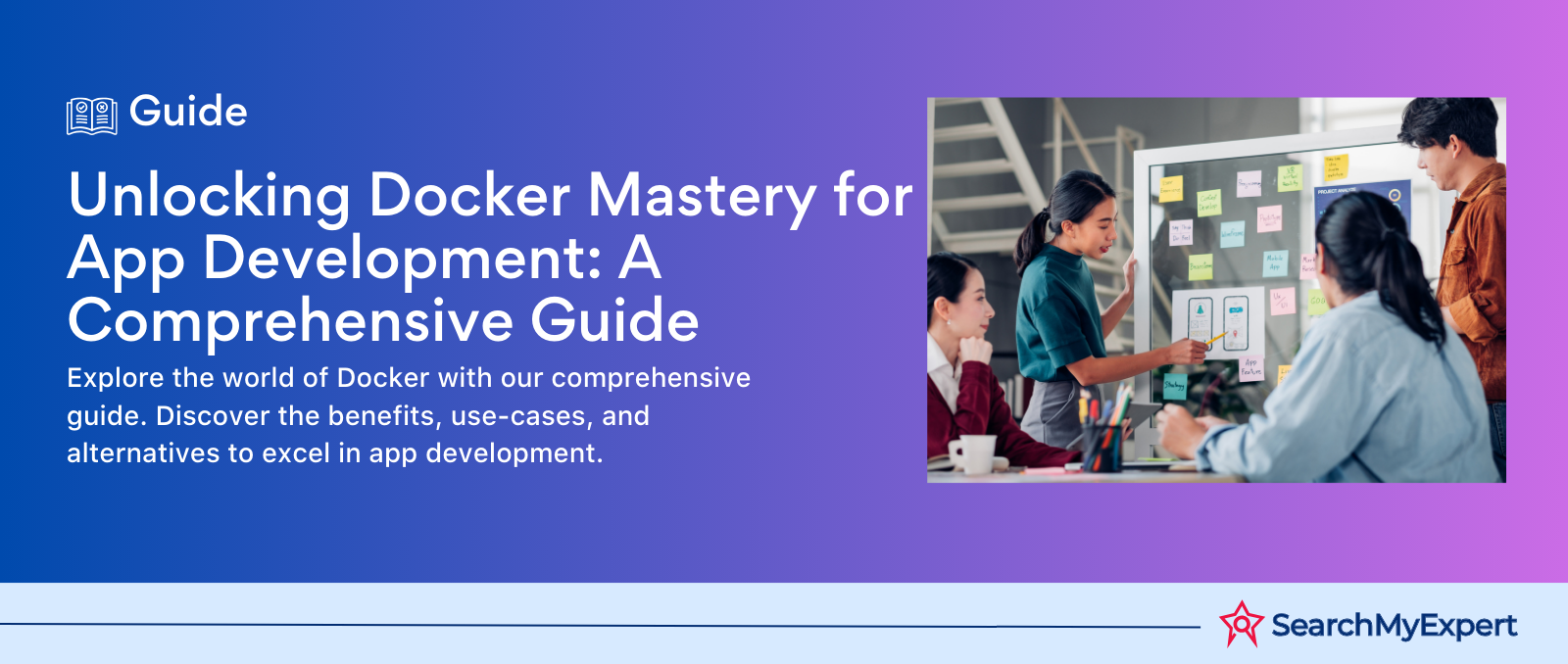
Mastering Docker for App Development: A Comprehensive Guide to Benefits, Use-Cases, and Alternatives
STAY UP TO DATE
GET PATH'S LATEST
Receive bi-weekly updates from the SME, and get a heads up on upcoming events.
Contact Us




